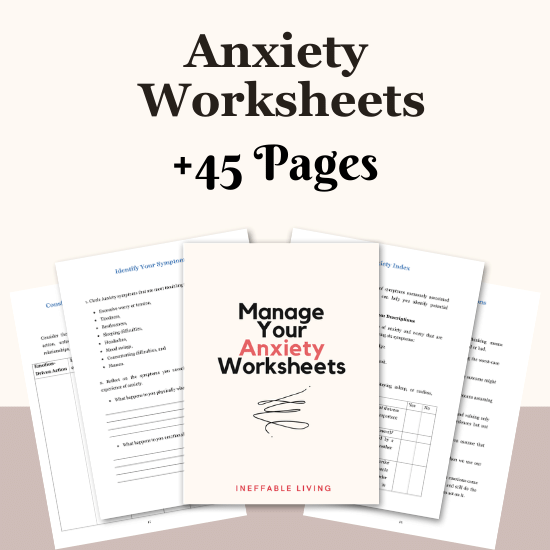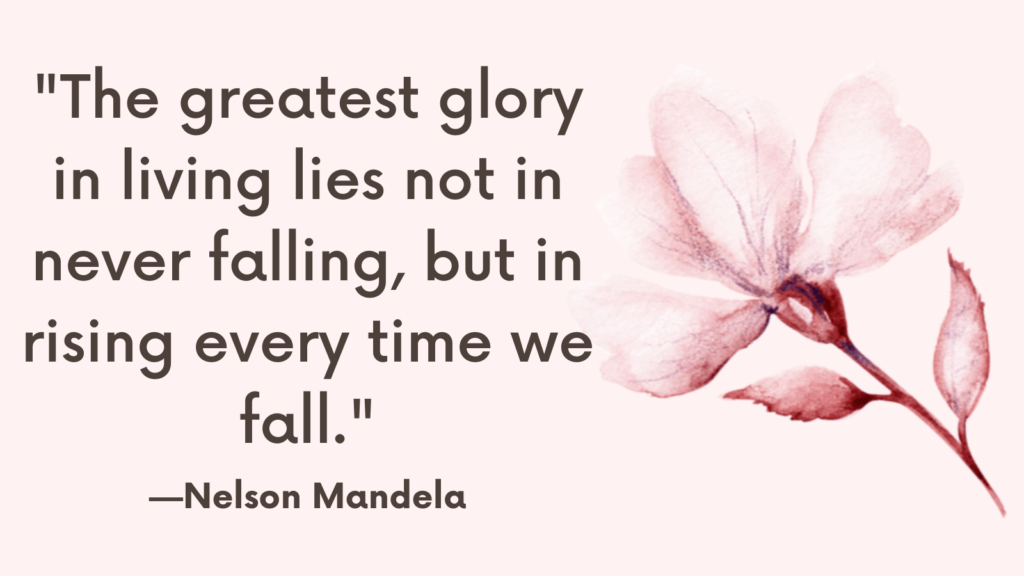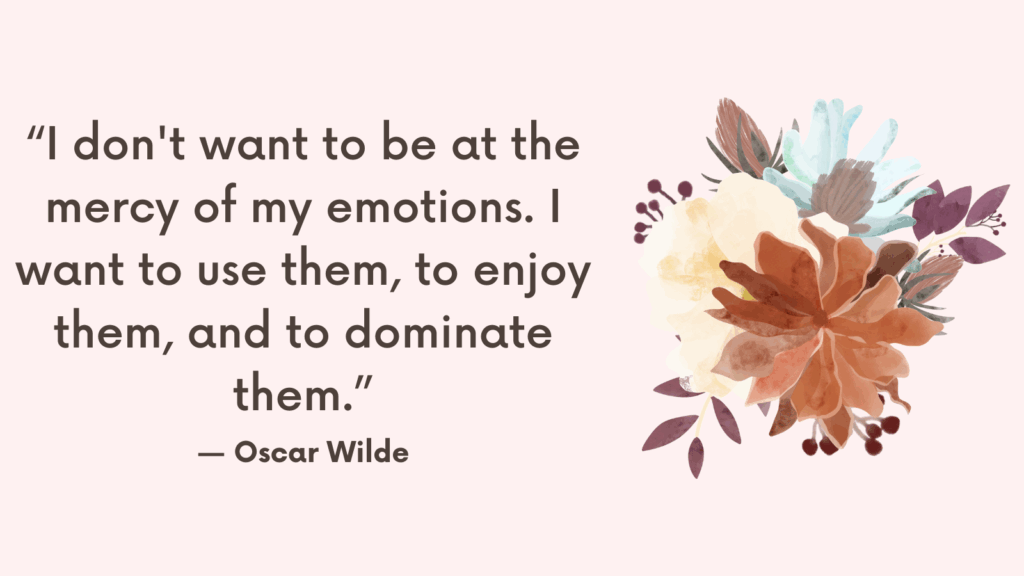Anxiety, trauma, and PTSD can create a persistent sense of danger, even when we are actually safe.
This continuous state of perceived threat can exhaust our minds and bodies, making it difficult to feel calm and secure.
In this blog post, we will explore how to cultivate an internal sense of safety, break the anxiety cycle, and retrain our brains to feel less anxious.
Understanding the Anxiety Cycle
To effectively manage anxiety, it’s essential to understand the anxiety cycle.
The cycle begins with a stimulus, which could be a thought, memory, or external event.
Our brain interprets this stimulus as a threat, triggering an anxiety response in our bodies.
This response can include physical sensations such as a rapid heartbeat, tight muscles, or an upset stomach.
The problem arises when our interpretation of the threat is not accurate.
Instead of dealing with actual danger, we spend hours each day in perceived danger, which keeps our bodies in a heightened state of anxiety.
This continuous state can leave us feeling anxious, exhausted, and overwhelmed.
Related: How To Feel Safe In Your Body?
Breaking the Anxiety Cycle
To break the anxiety cycle, we need to strengthen our internal sense of safety.
By doing so, we can retrain our brains to respond differently to perceived threats.
Here are several exercises and techniques to help you build an internal sense of safety.
1. Create Lists of Safe Places, People, and Memories
Creating lists of safe places, people, and memories can help evoke a sense of security.
These lists serve as reminders of the times and places where you felt safe and protected.
Writing them down and revisiting them regularly can reinforce your sense of safety.
– Safe Places: Make a list of places where you feel safe and secure. These can be real or imagined places. For example, your bed, your grandmother’s house, a favorite hiking trail, or a beach.
– Safe People: Identify the people who make you feel safe, loved, and accepted. These could be family members, friends, or even pets. Remember, these can also be divine figures or memories of people who have been a source of comfort.
– Safe Memories: Recall and write down memories when you felt happy, powerful, or free. These memories can be specific events, like a joyful hike, a serene evening by the fire, or a loving moment with a family member.
Related: Best 8 Mindfulness Exercises For Adults That Will Help You Regulate Your Emotions
2. Drawing Safety
Visualizing and drawing your safe place can activate the visual cortex in your brain, helping you create a sense of safety.
The goal is not to produce a piece of art but to engage your brain in the process of visualizing safety.
– Get a piece of paper and a pencil.
– Visualize your safe place, whether real or imagined.
– Draw this place on the paper, focusing on the details that make you feel safe and secure.
3. Safe Person Anchor
Connecting with people who make you feel safe can activate the parasympathetic response, promoting feelings of security and calm.
This exercise involves creating a mental anchor by vividly imagining your safe person and the feelings associated with them.
– Think of a person who makes you feel safe, loved, and accepted.
– Write down detailed descriptions of how it feels to be around them.
– Imagine this person with you, providing comfort and support.
Related: Half-Smiling Technique to Reduce Emotional Distress
4. Light-Stream Exercise
This visualization exercise involves imagining a beam of healing light entering your body, filling you with warmth and safety.
It’s a powerful way to promote relaxation and a sense of security.
– Sit or lie down in a comfortable position.
– Close your eyes and imagine a beam of healing light entering the top of your head.
– Visualize the light traveling down through your body, filling you with warmth, strength, and comfort.
5. Strengths and Accomplishments
Focusing on your strengths and accomplishments can boost your confidence and remind you of your resilience.
This exercise involves listing your skills, achievements, and the challenges you have overcome.
– Write a list of your strengths and accomplishments.
– Reflect on the hard things you have survived and what you are good at.
Related: How To Release Emotions Trapped In Your Body?
6. Best Memories
Recalling your best memories can evoke feelings of happiness and safety.
This exercise involves writing down your best memories in detail and noticing how they make you feel.
– Write down your best memories in detail.
– Reflect on how these memories make you feel and notice any changes in your body.
7. Placing Worries in a Container
If you feel overwhelmed by a memory or emotion, you can visualize placing it in a container and setting it aside for later processing.
This can help you manage overwhelming feelings and focus on the present moment.
– Visualize a container, such as a filing cabinet.
– Write down the title of the memory or emotion.
– Place it in the container and set it aside.
Related: Best 7 Somatic Exercises For Anxiety
8. Grounding Techniques
Grounding techniques help you stay present and connected to the current moment.
This exercise involves using your senses to notice your surroundings and remind yourself that you are safe right now.
– Notice five things you can see.
– Notice four things you can touch.
– Notice three things you can hear.
– Notice two things you can smell.
– Notice one thing you can taste.
9. Gratitude Practice
Practicing gratitude can shift your focus from scarcity to abundance, promoting a positive mindset.
This exercise involves listing things you are grateful for and reflecting on them.
– Write down three things you are grateful for.
– Reflect on why you are grateful for them and how they make you feel.
Related: Top 10 Practical CBT Exercises For Generalized Anxiety Disorder Relief
Practicing These Techniques
To effectively use these techniques, it’s essential to practice them regularly, even when you’re not feeling anxious.
By incorporating these exercises into your daily routine, you can strengthen your sense of safety and make it easier to recall these skills during moments of anxiety.
– Schedule Regular Practice: Set aside time each day to practice these exercises, such as in the morning or evening.
– Start Small: Begin with one or two exercises and gradually incorporate more as you become comfortable with them.
– Be Patient: Developing these skills takes time. Be patient with yourself and celebrate small progress.
– Use During Mild Anxiety: Practice these techniques during mildly anxiety-provoking situations to build your confidence and effectiveness.

Conclusion
Your body is your ally, and with practice, you can learn to listen to it with compassion and create a lasting sense of safety.



